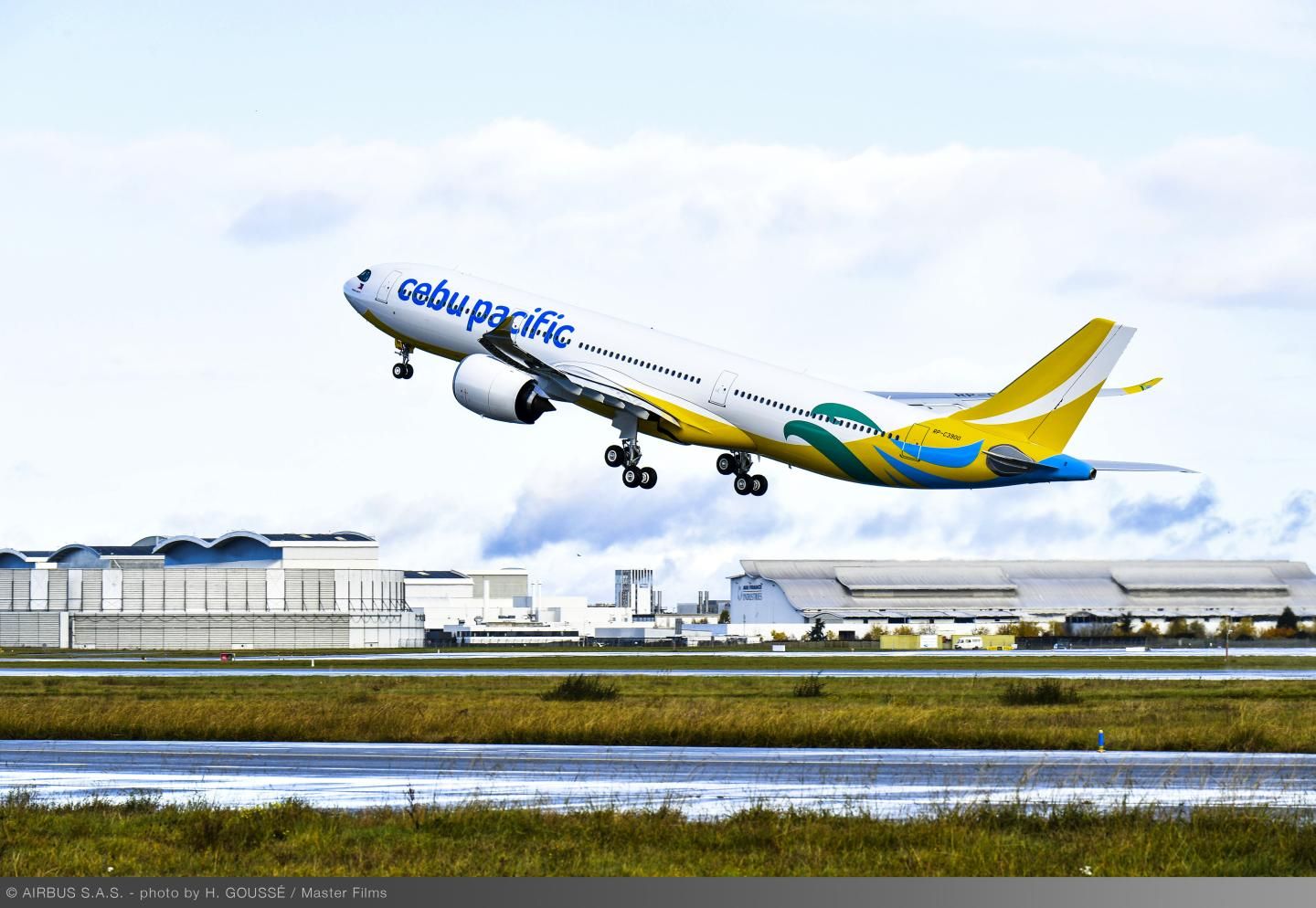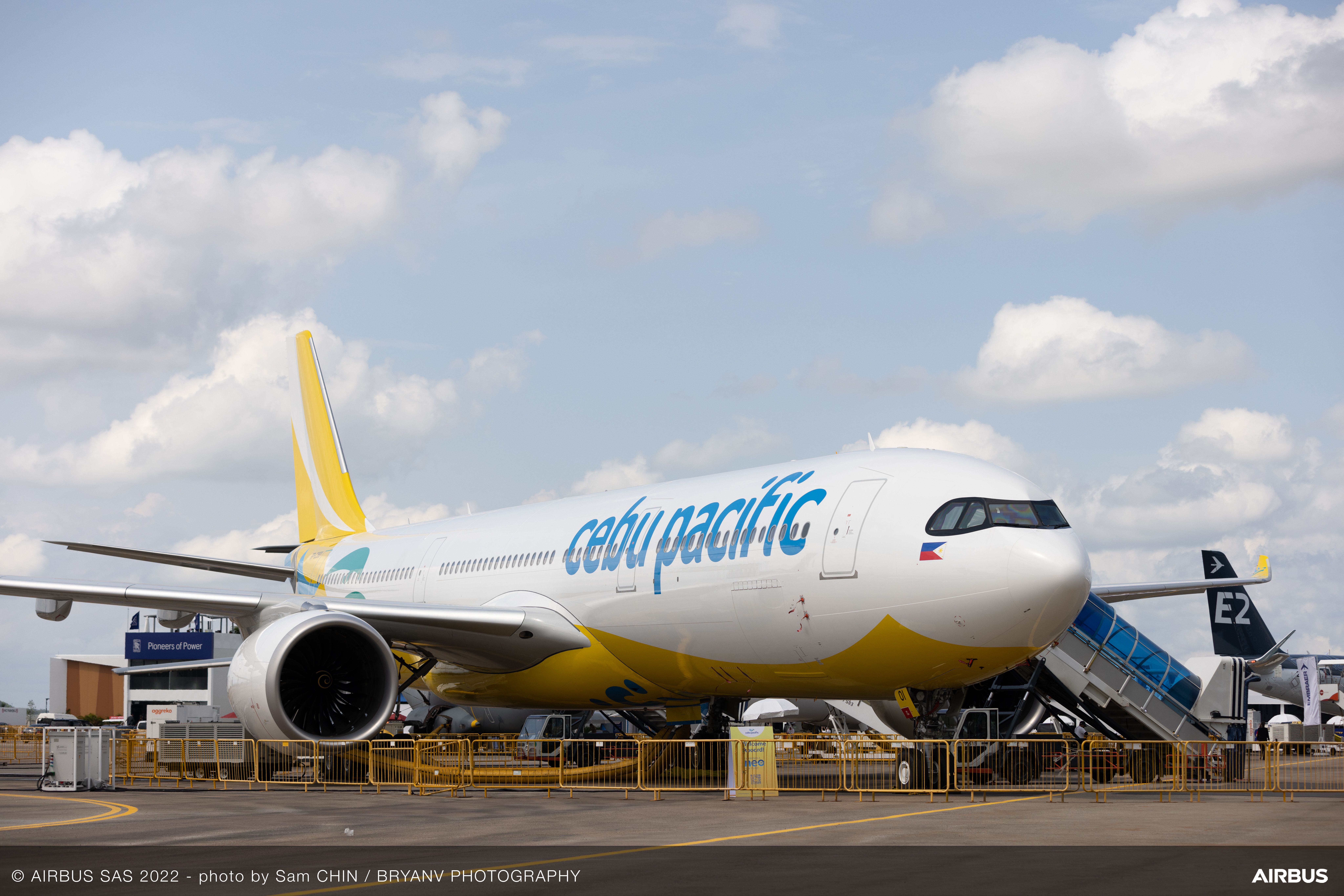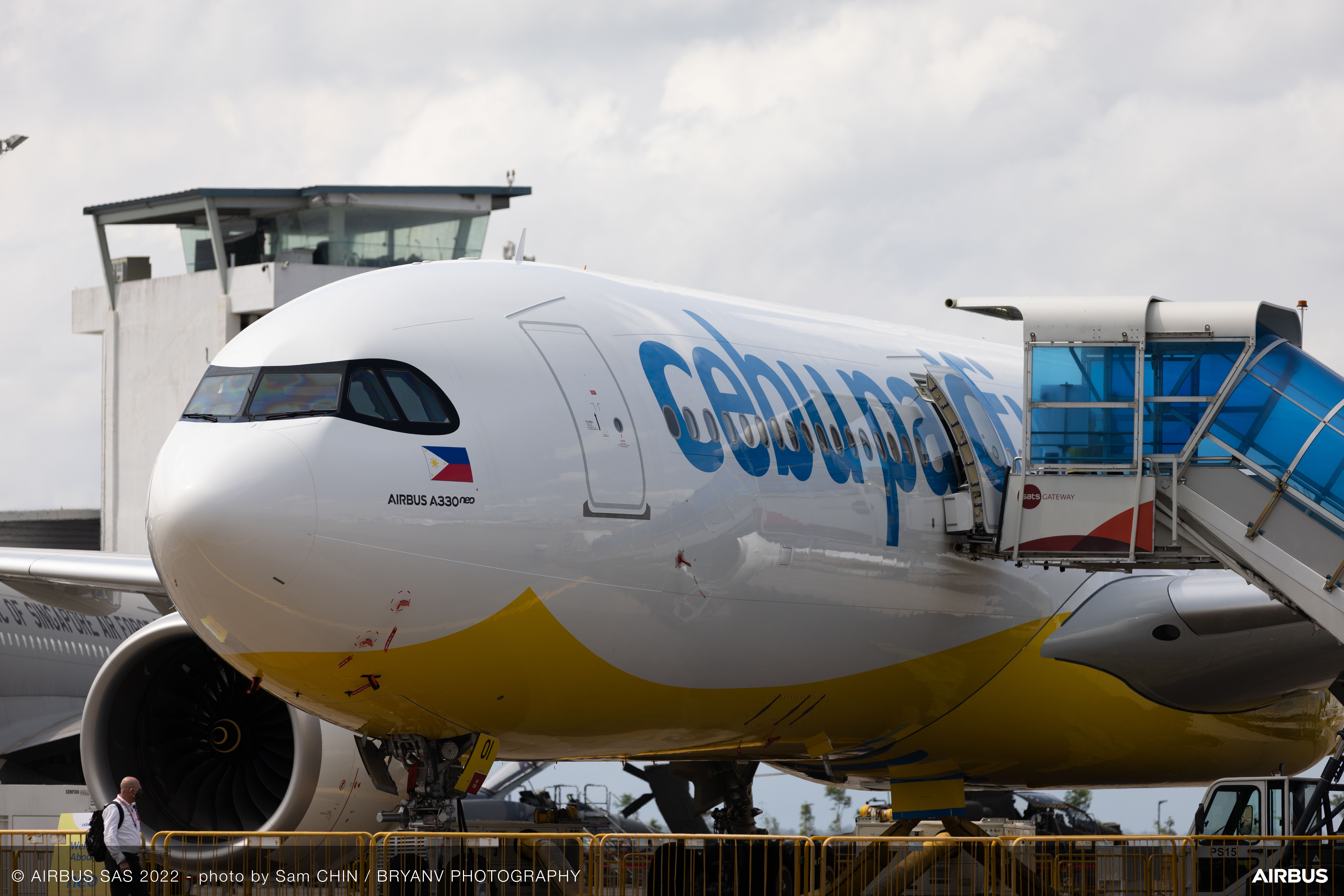For the delivery flight of its brand-new Airbus A330neo from Toulouse to Manila, Cebu Pacific used Sustainable Aviation Fuel (SAF) to power the entire flight. As such, the delivery flight makes Cebu Pacific the first-ever Asian low-cost carrier to incorporate the use of SAF into its operations.
Green and shiny
The historic flight operated as 5J 3902 and departed the Airbus facility in Toulouse, France. Powered by a blend of SAF and conventional fuel mixture, the flight arrived safely at Ninoy Aquino International Airport (NAIA) at 09:04 local time.
Registered as RP-C3902, the newest fleet addition is Cebu Pacific's third Airbus A330neo, configured with 459 seats in a single-class layout. Having been deemed the greenest aircraft in the aviation industry due to its fuel efficiency and carrying capacity, the Airbus A330neo achieves up to 25% less fuel burn than previous-generation aircraft.
The Airbus A330neo undoubtedly supports the Manila-based low-cost carrier's sustainability goals, aligning with global aviation's commitment to achieving net-zero carbon emissions by 2050. Cebu Pacific is currently undergoing a fleet modernization to have an all-neo fleet by 2027.
Replacing fossil fuels
Currently, the fleet of Cebu Pacific consists of ATR 72s, Airbus A320s and A320neos, Airbus A321s and A321neos, and Airbus A330s and A330neos. Altogether, the airline houses over 65 aircraft, with four more on order.
Of these four, three are Airbus A330neos, two of which are expected to be delivered later this year. Like the delivery of 5J 3902, Cebu Pacific also plans to use SAF for the next two delivery flights, a significant game-changing move highlighted by Alex Reyes, Chief Strategy Officer at Cebu Pacific:
“This move to use SAF is a pillar of Cebu Pacific’s sustainable journey. SAF will be used for aircraft delivery and is a major component of our fleet modernization. This strengthens our drive to achieve our green goal of being carbon neutral by 2050."
Produced from renewable resources, SAF is a "drop-in" replacement for fossil fuels, resulting in an up to 85% reduction in carbon emissions. Additionally, the properties of SAF are nearly identical to those of conventional jet fuel. It does not require any adaptations to the aircraft or engines, and with no negative impact on performance or maintenance.
Flying in shades of green
Cebu Pacific isn't planning on stopping with just the use of SAF for delivery flights. The low-cost carrier seeks to further utilize SAF by launching green routes in approximately three years. However, with the consideration that SAF comes with a higher price tag than conventional fuel, it is uncertain if the higher use of SAF will impact the airline's low-cost business model.
The airline could be starting small with domestic flights within the Philippines. Still, considering how ambitiously bold it had been to utilize SAF for a lengthy delivery flight, it would come as no surprise if Cebu Pacific started quickly with international flights. Eventually, the airline is eyeing the investment in appropriate technologies to enable it to use SAF for its entire network by 2030.



